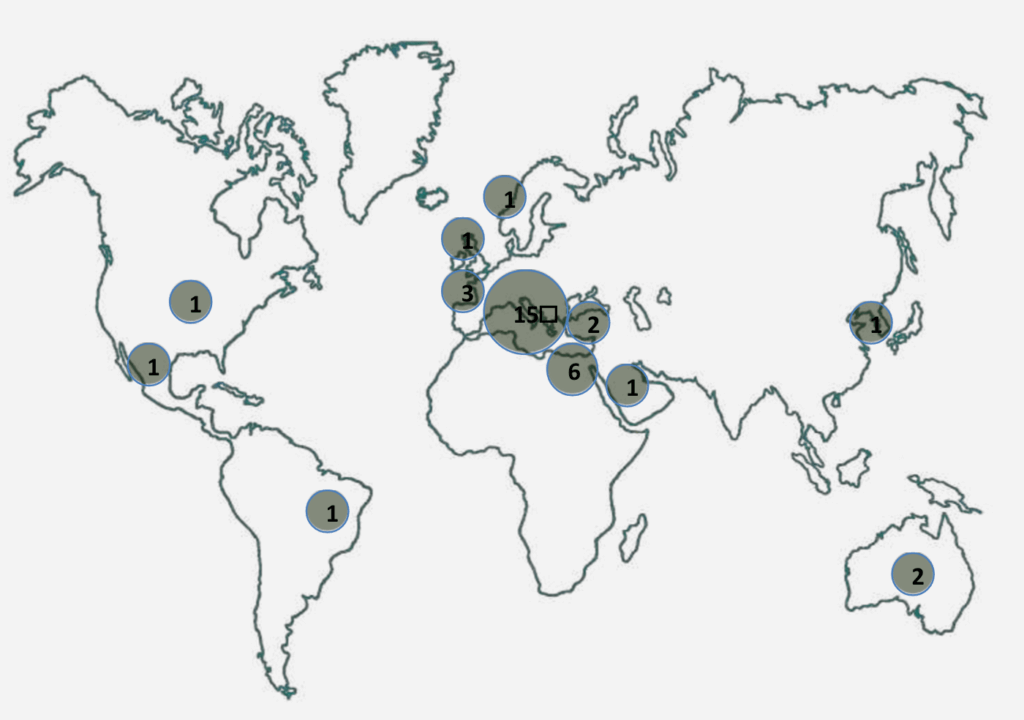[Editor’s note: Miguel Sanchez is Executive Director of ChileBio. Wayne Parrott is a professor of Crop Science at the University of Georgia.]
What follows is an assessment of original research papers addressing food/feed safety aspects of GM crops, which are used frequently as evidence of adverse effects and health risks of GM crops. Potential conflicts of interest (COI), the scientific quality of the studies, and the logic and credibility of arguments and conclusions were appraised.
…
These 35 studies represent fewer than 5% of all published studies assessing GM food/feed safety.
…
The geographical origin of the 35 studies is striking. There are just a few labs from a few places that are responsible for articles claiming adverse effects. While 57% (20) were conducted in Europe, 43% (15) were carried out in Italy. Egyptian scientists contributed 17% (6) of the studies here assessed. Only one paper reviewed here, though written in Australia, is based on research conducted in the USA.
The most frequent author on these publications, having co-authored 11 out of 35 studies (31%) is the Malatesta group at the University of Urbino and University of Verona, Italy. Nine of their articles are on soybean 40-3-2, and represent 60% of all studies suggesting adverse effects from this event. Their studies on maize events BT176 and NK603 were coauthored with the M. Trabalza-Marinucci (Università degli Studi di Perugia, Italy) and G-E. Séralini (University of Caen, France) teams, respectively.
[Editor’s note: Read the GLP’s profile on Gilles-Éric Séralini.]
[F]ewer than half — 14 out of 35 (40%) — show no financial or professional COIs.The three studies from Seralini’s group were supported by the Committee of Independent Research and Information on Genetic Engineering (CRIIGEN), which is financed by the Charles Léopold Mayer Foundation for the Progress of Humankind (FPH). This foundation has publicly supported anti-GMO initiatives like Inf’OGM, Foundation Sciences Citoyennes; the European Network of Scientists for Social and Environmental Responsibility (ENSSER), Combat Monsanto, and Stop OGM, among others.
…
Because of the relevance of food safety, any well-conducted study under rigorous standards of scientific quality and showing adverse effects of any GM food/crop could and would be published in the most prominent journals. However, most studies often used in the public debate against GM food/crops have been published in journals with lower visibility; eight were even published in journals without a listed impact factor.
…
In general terms, all papers analyzed here violate at least one of the basic standards for assessment of GM food/feed safety.

The GLP aggregated and excerpted this article to reflect the diversity of news, opinion, and analysis. Read full, original post: Characterization of scientific studies usually cited as evidence of adverse effects of GM food/feed































